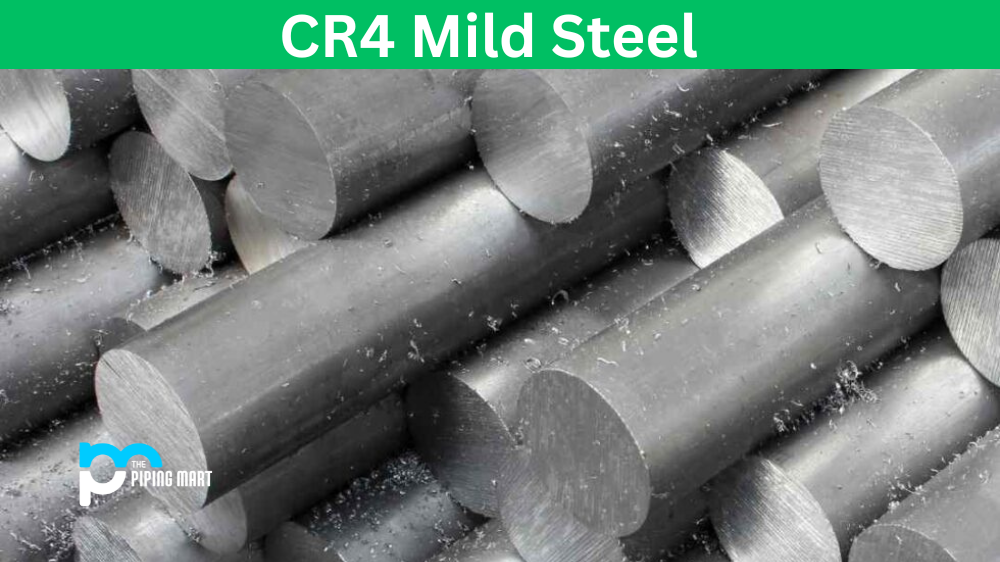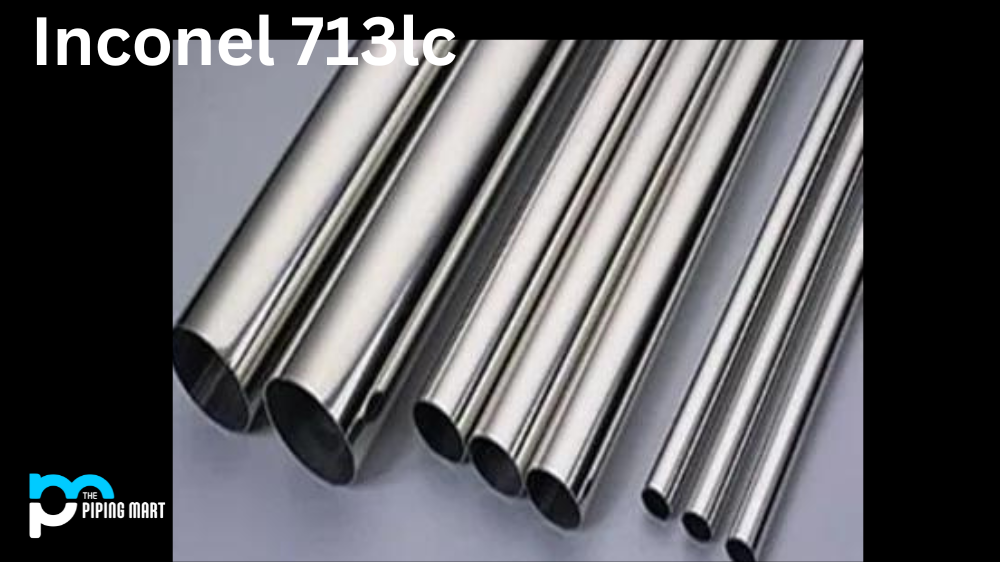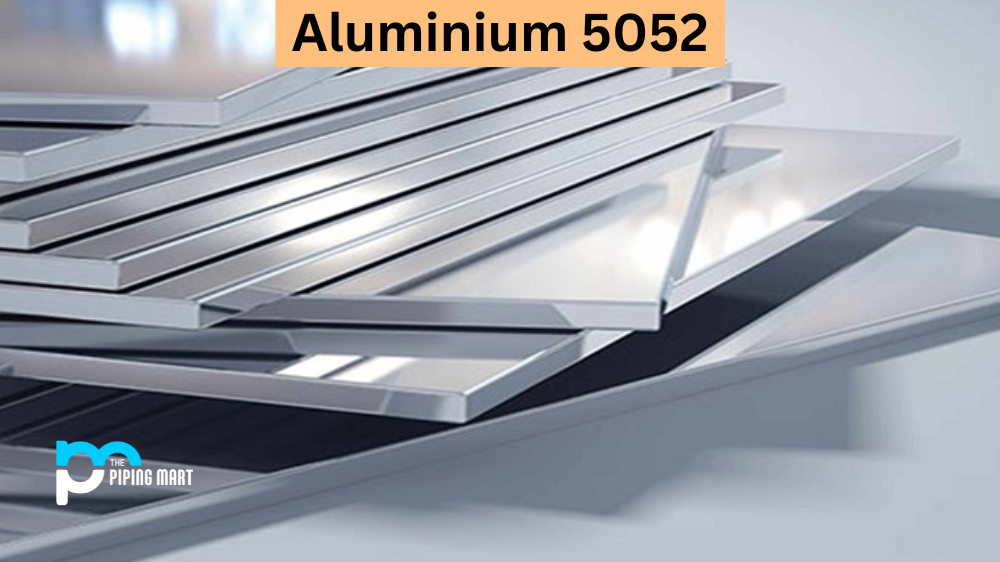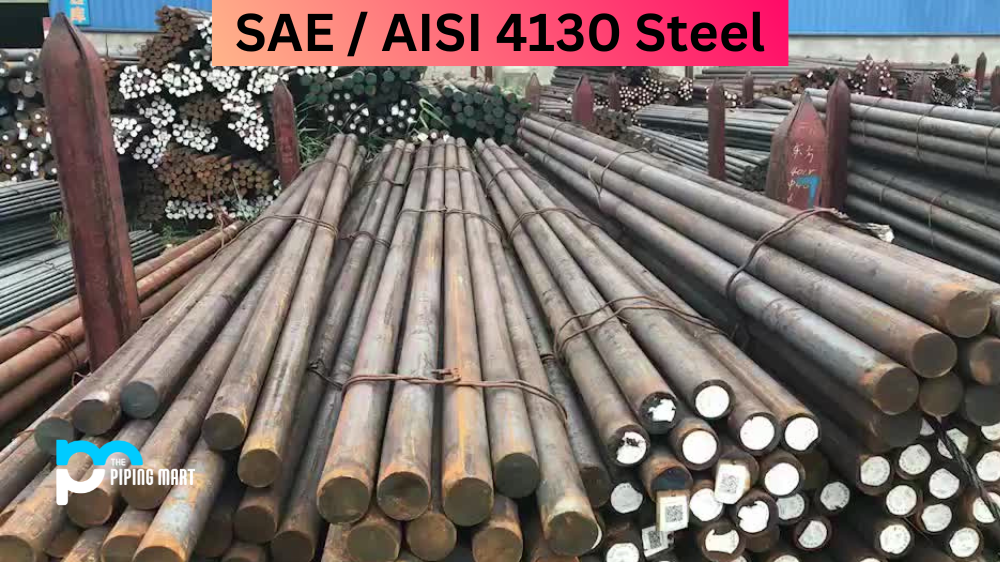Steel is an essential material in many industries and comes in various types and grades. One popular type is CR4 mild steel, known for its excellent weldability, strength, and durability. If you’re looking for a reliable material for your next DIY or commercial project, this type of steel might be worth your attention. In this post, we’ll dive deep into the world of CR4 mild steel, including its composition, physical and mechanical properties, uses, hardness, and heat treatment. Let’s get started!
CR4 Mild Steel Composition
CR4 mild steel is a low-carbon steel with less than 0.25% carbon content. It also contains small amounts of other elements, such as manganese, phosphorus, sulfur, and silicon. The chemical composition of CR4 mild steel makes it highly malleable and ductile, and it can be easily formed, shaped, and welded without cracking or breaking. Its low carbon content makes it less prone to corrosion and wear, making it suitable for various applications.
CR4 Mild Steel Physical Properties
CR4 mild steel has a density of approximately 7.85 g/cm3, slightly higher than aluminium and copper. It has a melting point of around 1420-1460℃ and a boiling point 2500℃. It also has a thermal conductivity of 50 W/mK and a specific heat capacity of 460 J/(kg. K). CR4 mild steel has a magnetic property, which makes it ideal for applications that require magnetic fields, such as transformers, electromagnets, and motors.
CR4 Mild Steel Mechanical Properties
CR4 mild steel has excellent mechanical properties, making it suitable for various applications. It has a tensile strength of 420-540 MPa, yield strength of 330 MPa, and an elongation of 28%. It can also withstand high stresses and strains without breaking or deforming, making it ideal for structural and load-bearing applications.
CR4 Mild Steel Uses
CR4 mild steel has many applications in various industries, including automotive, construction, manufacturing, and engineering. It is commonly used to make pipes, tubes, railway tracks, bridges, tanks, and equipment. Additionally, it is used to produce appliances, furniture, and electrical components, such as wires, motors, and generators.
CR4 Mild Steel Hardness
CR4 mild steel has a relatively low hardness, with a Brinell hardness of around 120-140 HB and a Rockwell hardness of B60-B70. However, it can be easily hardened by heat treatment or cold working, which can increase its strength, durability, and wear resistance.
CR4 Mild Steel Heat Treatment
Heat treatment is a process of heating and cooling steel to alter its physical and mechanical properties. CR4 mild steel can be heat-treated by quenching, tempering, annealing, or normalizing. Quenching and tempering involve heating the steel to a high temperature and then rapidly cooling it in water or oil to increase its hardness and toughness. Annealing involves heating the steel to a low temperature and then slowly cooling it to improve its elasticity and reduce its hardness. Normalizing involves heating the steel to a temperature and cooling it in the air to reduce its internal stress and improve its machinability.
Conclusion
In summary, CR4 mild steel is a versatile, low-carbon steel with excellent weldability, strength, and durability. Its composition, physical and mechanical properties make it suitable for various applications in various industries, including automotive, construction, and manufacturing. Its ease of forming, shaping, and welding makes it ideal for DIY and hobby projects. If you’re looking for a reliable and cost-effective material for your next project, CR4 mild steel might be the right choice.
Meet Heer, a dynamic and driven writer learning tricks of her trade in the metal industry. With a background in Digital Marketing, Heer brings a unique perspective to her writing, sharing valuable insights. Apart from blogging she like reading and hiking.




